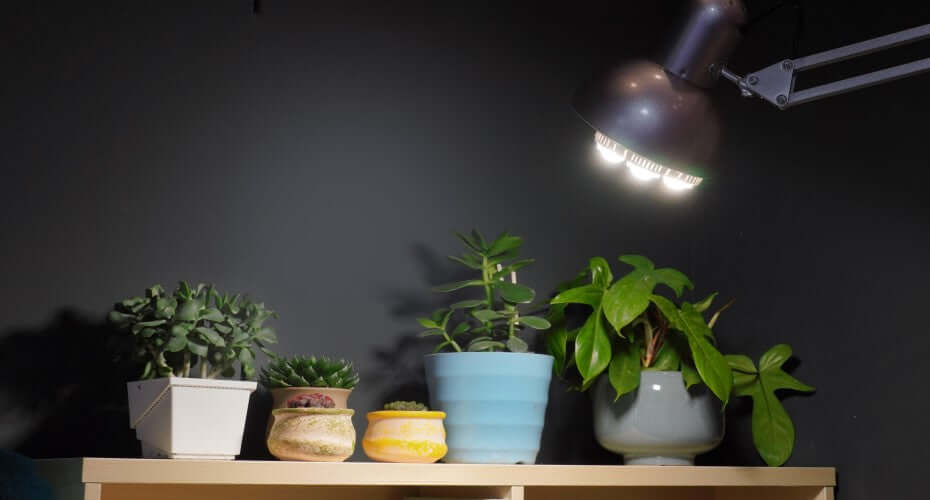Similar to humans, plants also face growth challenges during hot weather.
Elevated temperatures cause rapid evaporation of moisture within plants, leading to soil dryness and plant dehydration. This hampers the plants' ability to absorb sufficient water and nutrients. High temperatures can also cause the closure of plant stomata, impacting respiration and carbon dioxide absorption, which in turn affects metabolic processes and growth. Furthermore, heat stress can lead to flower and fruit drop, diminishing crop resilience against pests and diseases and reducing both yield and quality.
It's important to note that high temperatures can affect photosynthesis in plants, reducing chlorophyll activity and limiting the synthesis of photosynthetic products. Prolonged exposure to high temperatures can result in sunburn on fruits and branches due to intense sunlight.

To mitigate the harm caused by high temperatures to plants, various measures can be taken, including shading with sunscreens, maintaining suitable temperature and humidity levels, and ensuring an adequate water supply. Or moving the plants indoor when the sunlight is strong. Plants that require specific light conditions or are grown in shaded environments might need additional artificial lighting to meet their growth requirements. In such cases, supplemental lighting sources like LED grow lights can be used to provide optimal illumination.
Here are some methods and suggestions for supplemental lighting during high-temperature days:
1. In cases of insufficient natural light, consider using LED plant grow lights to provide illumination. LED lights emit less heat radiation, reducing the risk of scorching the plants.
2. Currently, LED plant grow lights come in two main spectrums: full spectrum and red-blue spectrum. Full spectrum lights produce white light similar to sunlight, while red-blue spectrum lights emit purple light. Red-blue spectrum lights are commonly used in agricultural production as plants absorb blue light at around 450nm and red light at around 660nm, which is beneficial for crop yield and quality.

Full spectrum lights are more suitable for home gardening as their white light is comfortable and less harmful to humans. Some studies suggest that plants require less light intensity in full spectrum conditions.
Here we recommend SANSI 36W led grow light bulb and 10W full spectrum clip-on led grow light.
36W led grow light bulb has E26/E27 base, super easy to install. The 10W full spectrum clip-on led grow light provides 4000K daylight, Color rendering index Ra is close to 100, infinitely close to natural light, suitable for every cycle of plant growth, effectively promotes plant growth, and improves crop yield and quality.

3. Understand the light intensity and photoperiod requirements of different plants. Control the timing and intensity of supplemental lighting. Different plants have varying light requirements; some tolerate strong light, while others can adapt to diffuse light. Provide targeted supplemental lighting to avoid excessive or insufficient illumination.
4. For heat-sensitive plants, it's best to provide supplemental lighting during the cooler periods of early morning and late afternoon, avoiding excessive exposure during the hot midday hours. Adequate ventilation and heat dissipation are also crucial to prevent adverse effects of overheating on plants.
Tailor supplemental lighting to the specific needs and environmental conditions of each plant, and monitor and adjust as necessary. While supplemental lighting can aid plant growth in high-temperature environments, other factors such as water management and ventilation should also be considered to provide an optimal growing environment.
The Grow Light Mention on the Blog
Limited 30% OFF 36W Led Grow Light
Limited 30% OFF 10W Full Spectrum Clip Led Grow Light
Looking for more growing knowledge? Click these blogs:
Unveiling the Advantages of SANSI LED Clip-on Grow Lamps
Full Guide – How to Choose the Right LED Grow Light for Indoor Plants
How Can A Full Spectrum Grow Light Affect Your Plants Grow?



Share:
Maximizing Benefits: The Advantages of Clip-On LED Grow Lights with Timer
Smart Plant Light Innovations: Enhancing Indoor Cultivation with Smart Grow Light Bulb